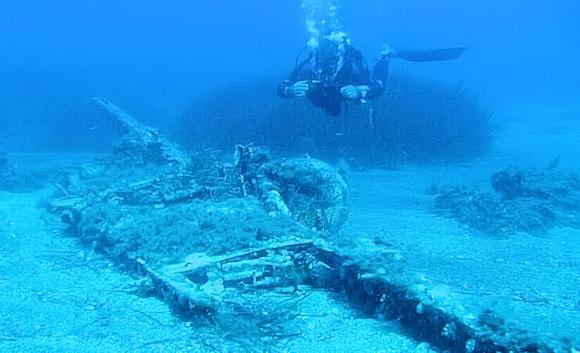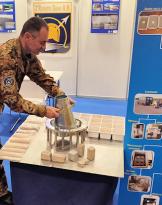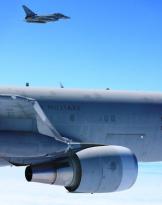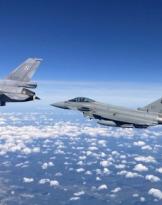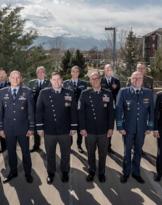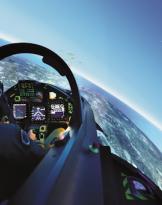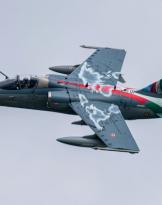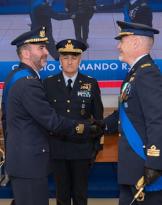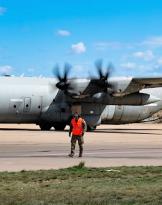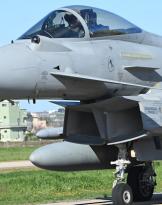On March 05th, an event was held in the auditorium of Palazzo Aeronautica in Rome, moderated by the journalist Vincenzo Grigenti, which was attended by Gen. Urbano Floreani (head of the 5th SMA-Communication department), Gen. insp. chief Basilio Di Martino (aeronautical historian), col. Franco Linzalone (commander of the Pantelleria Airport Detachment), Antonello D'Aietti (diver operator of the OTS Green Divers), Lieutenant Commander Sebastiano Sgroi (3rd Underwater Operators Unit of the Messina Coast Guard), Dr. Roberto La Rocca (Superintendent of the Sea of the Sicilian Region) and Renato Andrich (son of Alvise Andrich).
The general Floreani began by recalling the figure of the captain. Alvise Andrichi with a very interesting phrase: “The greatest monuments to the heroes fallen in battle are not made of marble but are at the bottom of the sea”.
Col. Franco Linzalone gave an overview of the events that affected the island of Pantelleria, used as a laboratory of the US forces to demonstrate that the air forces were able to reduce a heavily garrisoned stronghold to surrender, this experiment was aimed at organizing the attack in Normandy. The result obtained from the strategy used for Pantelleria was used during D-DAY but caused many civilian casualties.
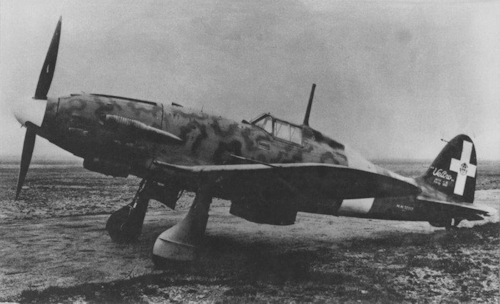 The Macchi C.205 which fell on Pantelleria on 8 June 1943 (two days before recovery gave up), took off to defend the island from American bombers, engaging in combat during which six were shot down Spitfire and a P-38 until Alvise Andrich's C.205 was hit and the pilot saved himself by parachuting, leaving the aircraft to sink.
The Macchi C.205 which fell on Pantelleria on 8 June 1943 (two days before recovery gave up), took off to defend the island from American bombers, engaging in combat during which six were shot down Spitfire and a P-38 until Alvise Andrich's C.205 was hit and the pilot saved himself by parachuting, leaving the aircraft to sink.
In 2007 the OTS dive operator Green Divers, Antonello D'Aietti found the wreckage of the plane during a dive and reported it to the authorities.
Commander Sebastiano Sgroi, del 3rd dive operator unit of the Messina Coast Guard took care of the recovery phases carried out in April 2023, bringing to light the first pieces of the aircraft, and by carrying out meticulous research work on numerous historical sources, he managed to trace the pieces extracted from the sea back to the Alvise aircraft Andrich.
The restoration project involves the construction of a wood and steel structure that reproduces the shape of the plane. Inside, original recovered pieces will be visible, while the rear part of the aircraft will be covered in aluminum by the artist Marco Mazzei. At the end of the works, the aircraft will be exhibited at the Nervi hangar of Pantelleria Airport, the place from which the aircraft operated during the war.
The testimony of Renato, son of Alvise Andrich, retraced the moments of the rescue in a stormy sea, carried out by a German patrol boat.
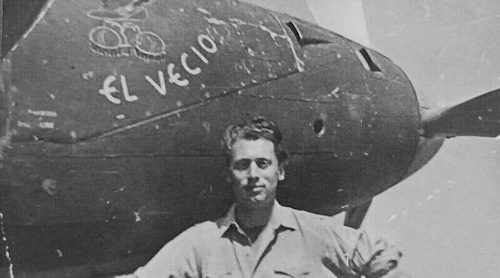 The life of pilot Alvise Andrich
The life of pilot Alvise Andrich
Alvise Andrich was born in Vallada Agordina, in the province of Belluno, in 1915. His brother Giovanni was a great mountaineer and friend of the King of Belgium, Leopold, his climbing partner. Alvise also started climbing at a very young age. In short he demonstrates exceptional mastery and becomes the protagonist of the epic of the sixth grade, in particular in the Civetta group.
Despite the short period of activity, carried out between 1934 and 1936, numerous climbing routes in the Alps still bear the name of Alvise Andrich.
Enlisted in 1936 in the Regia Aeronautica, for which he fought in various operational theaters as a pilot, in June 1943 he took part in the defense of Pantelleria and was shot down. Having survived by parachuting, in 1944 he joined the co-belligerent Air Force and returned to flying on the P-39 Airacobra, becoming part of the 4th fighter wing.
After the war he received two silver and two bronze medals for Military Valor and three war crosses for Valor, finishing his career with the rank of captain.
He died on October 17, 1951, at the controls of a Beechcraft C-45F Expeditor during a transfer mission in the Apennines due to ice formation on the wings, but manages not to crash the plane over a town and save the entire crew; for this heroic act he was awarded the silver medal of Remembrance.
At this point we just have to wait for the conclusion of the recovery and restoration work to be able to admire this important work.
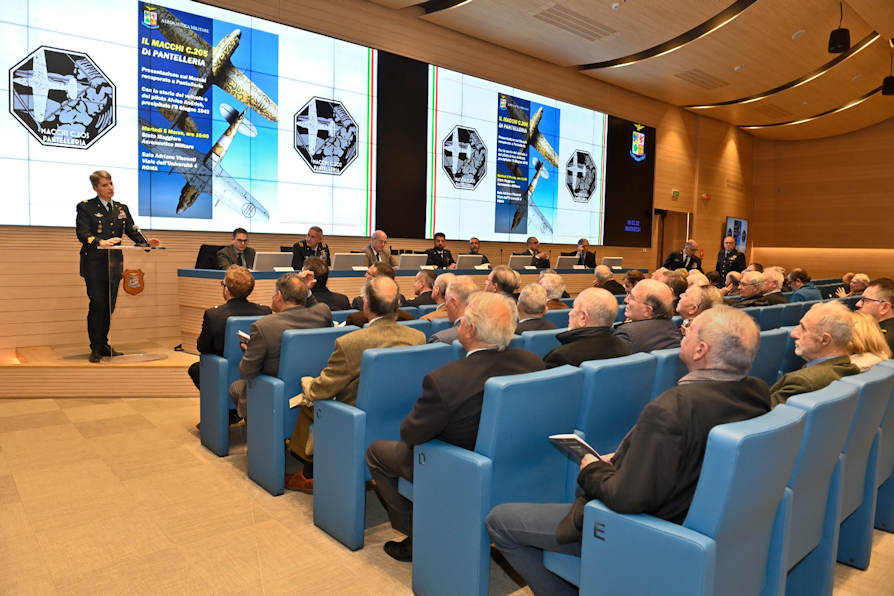
Photo: Aeronautica Militare / web

